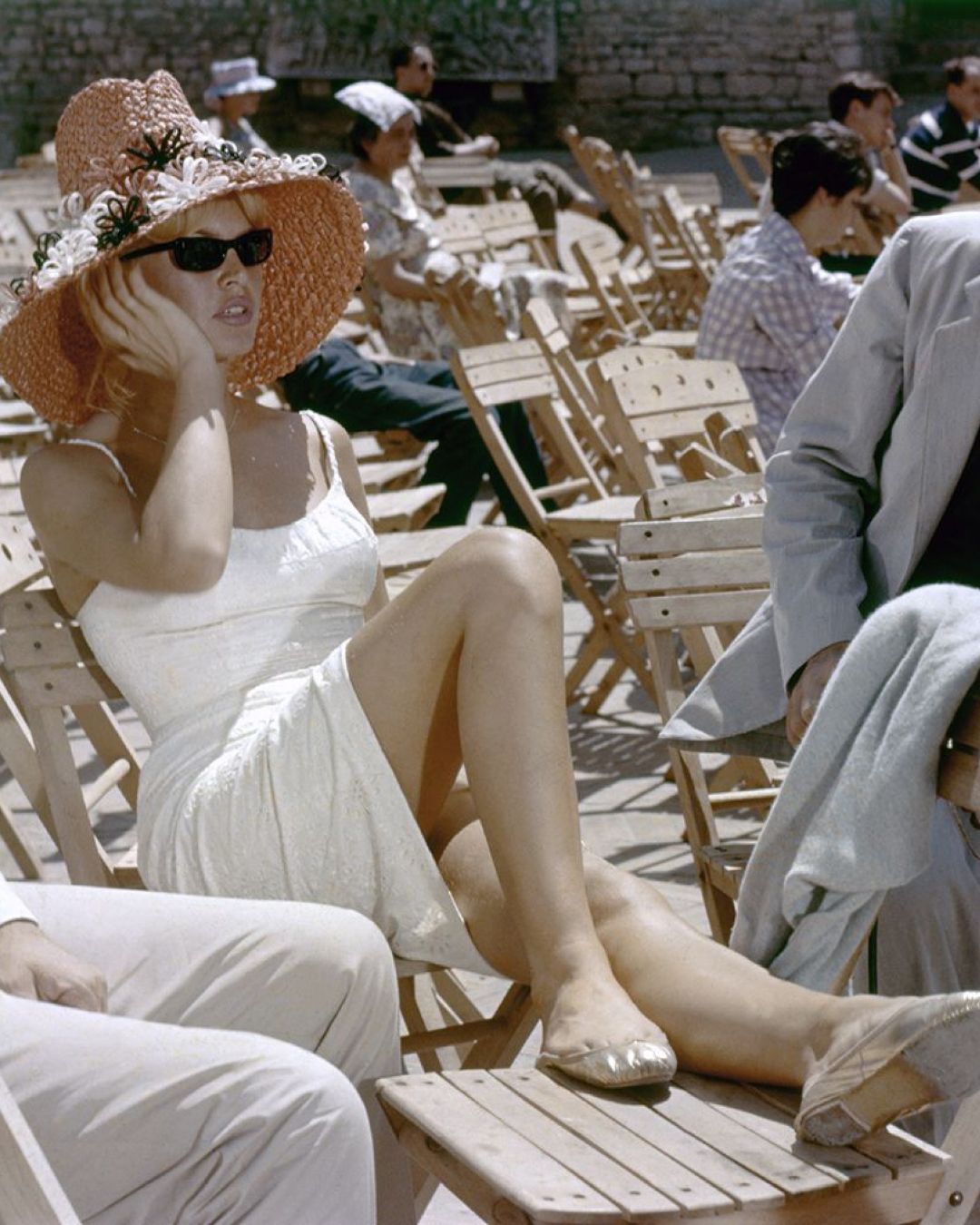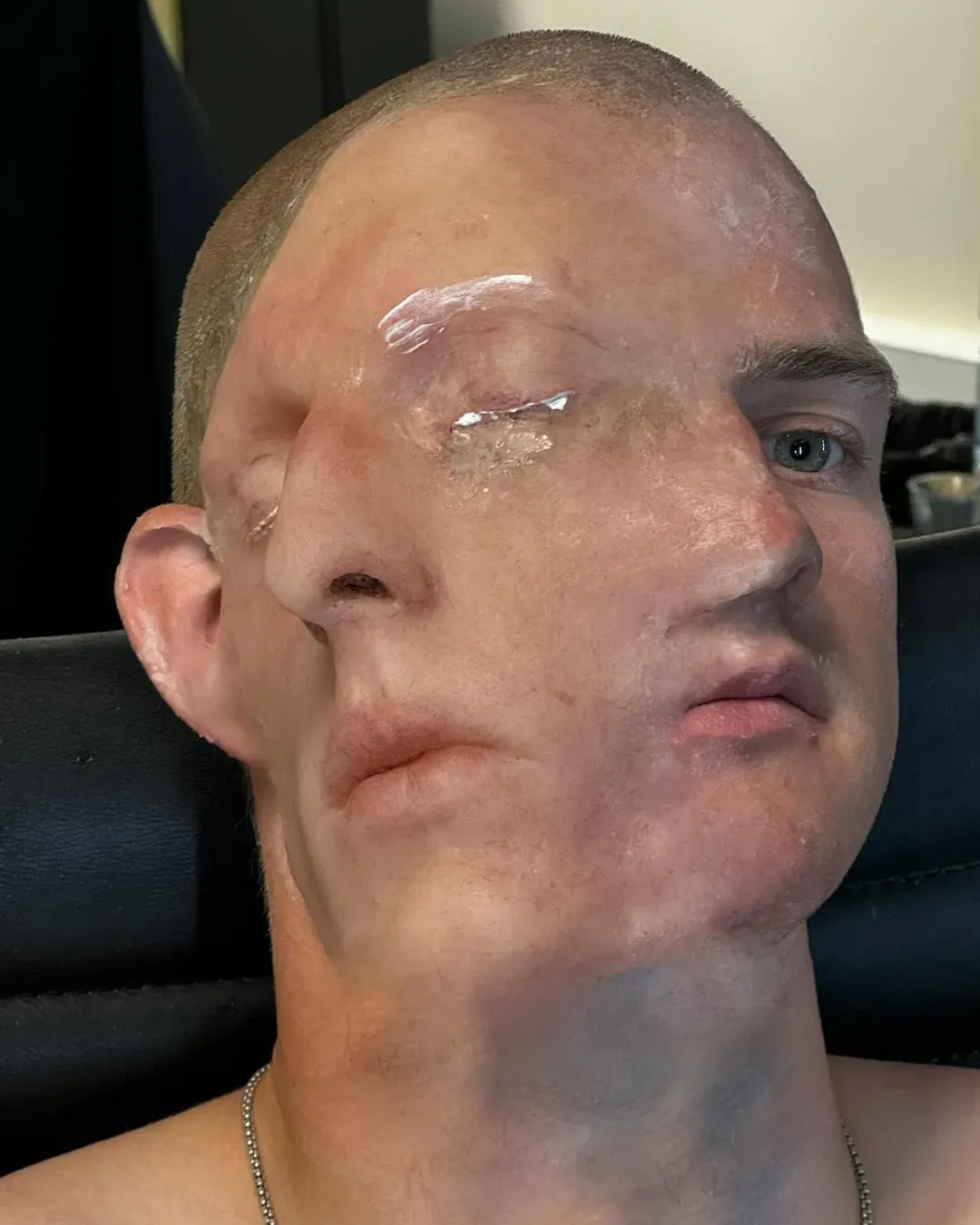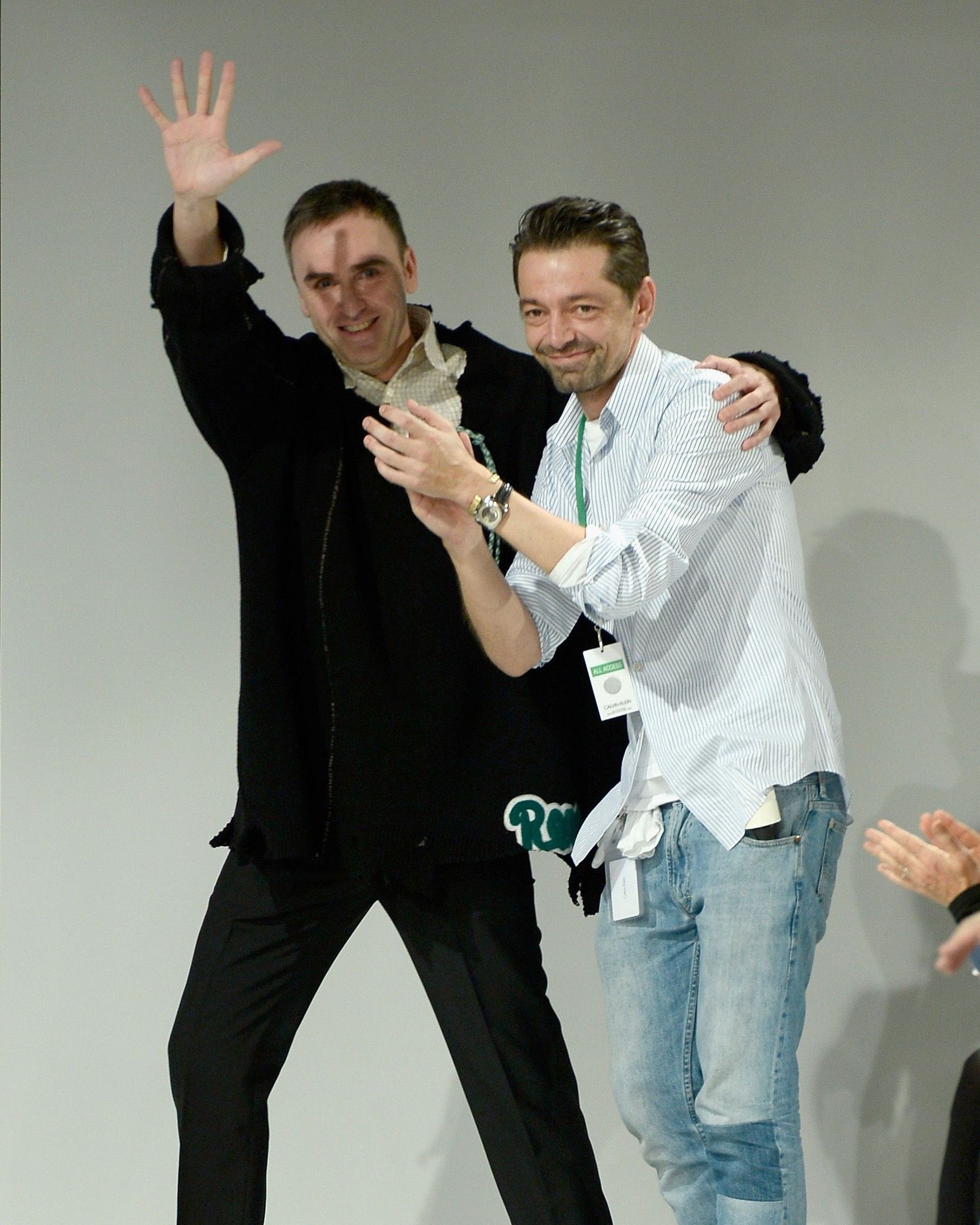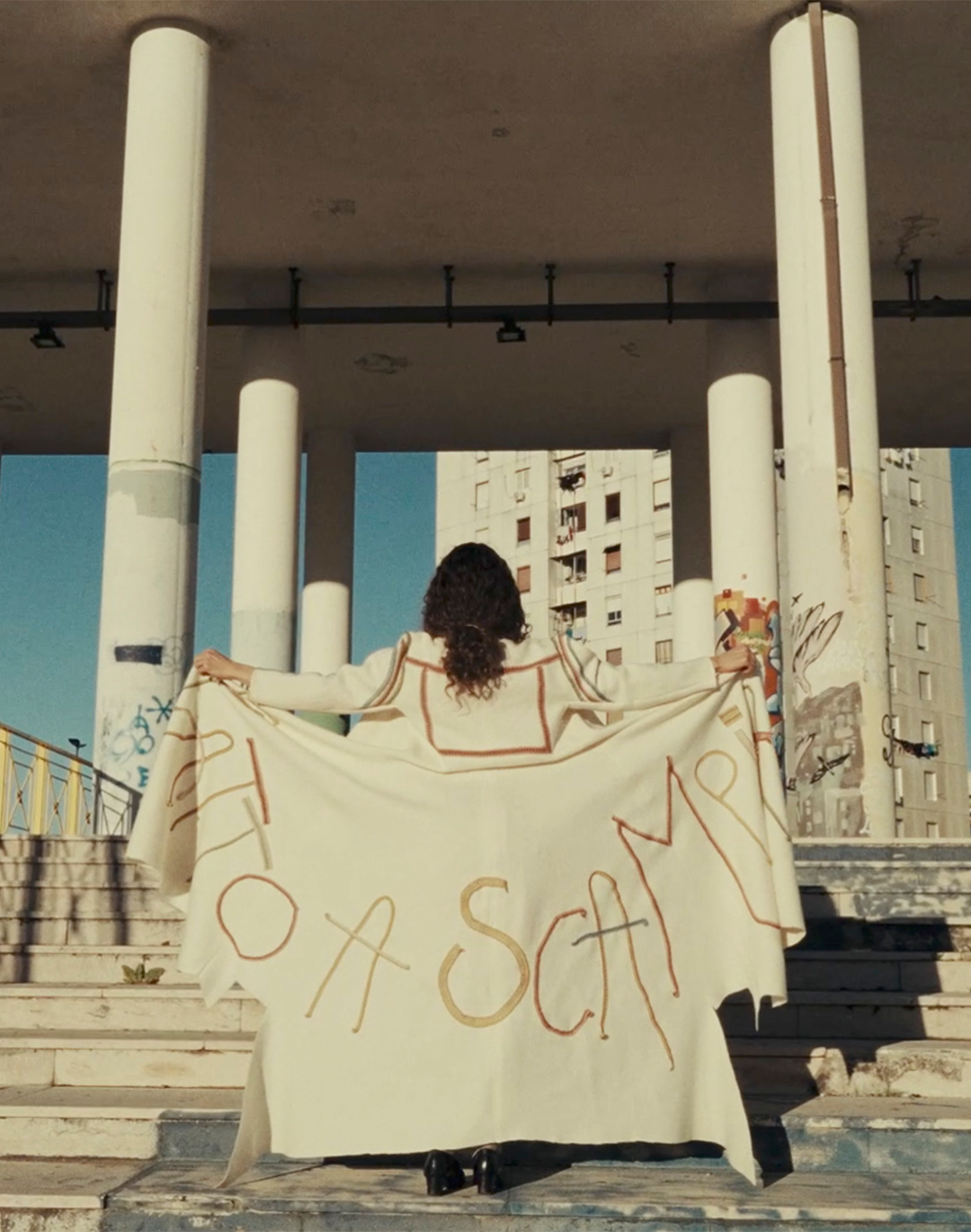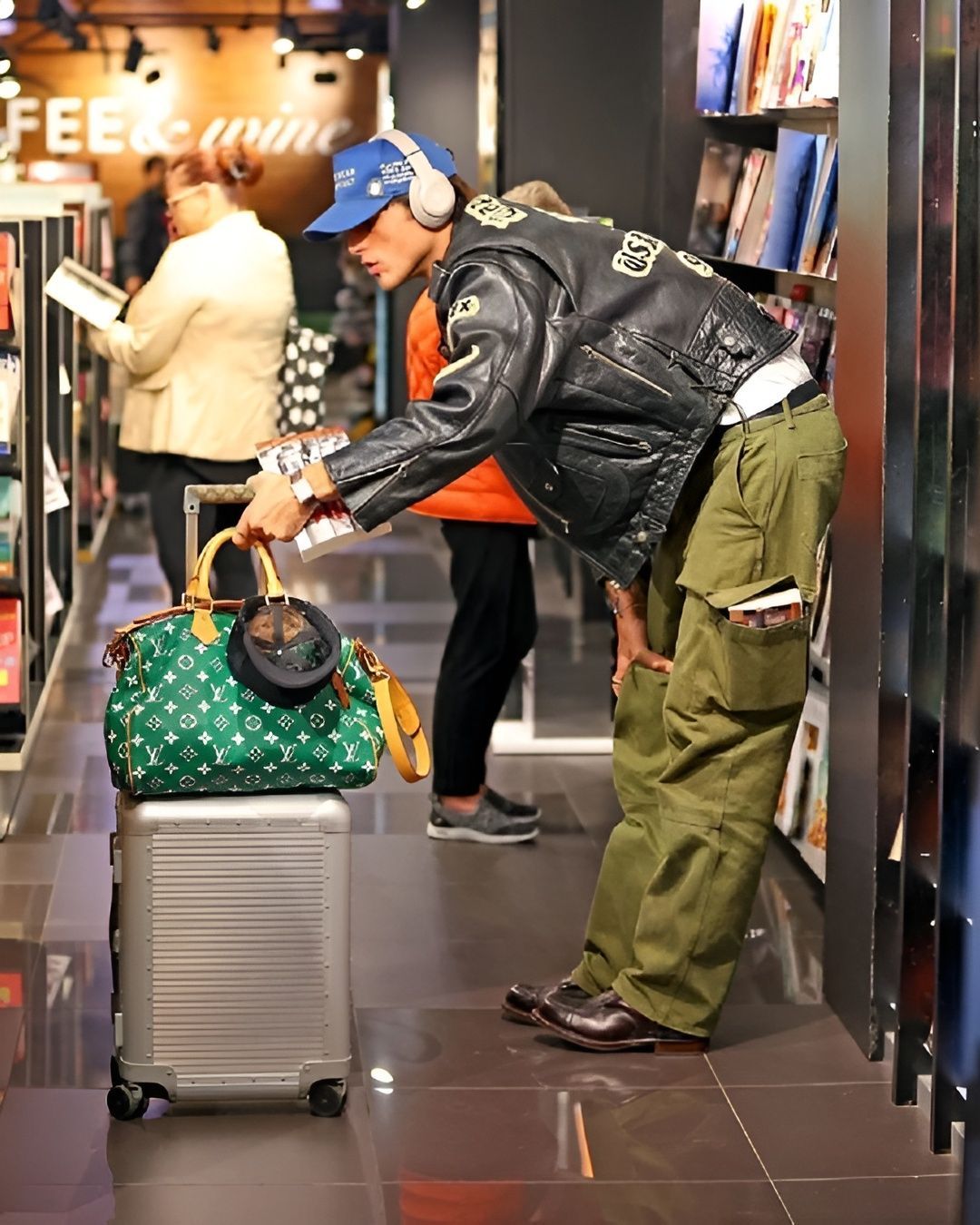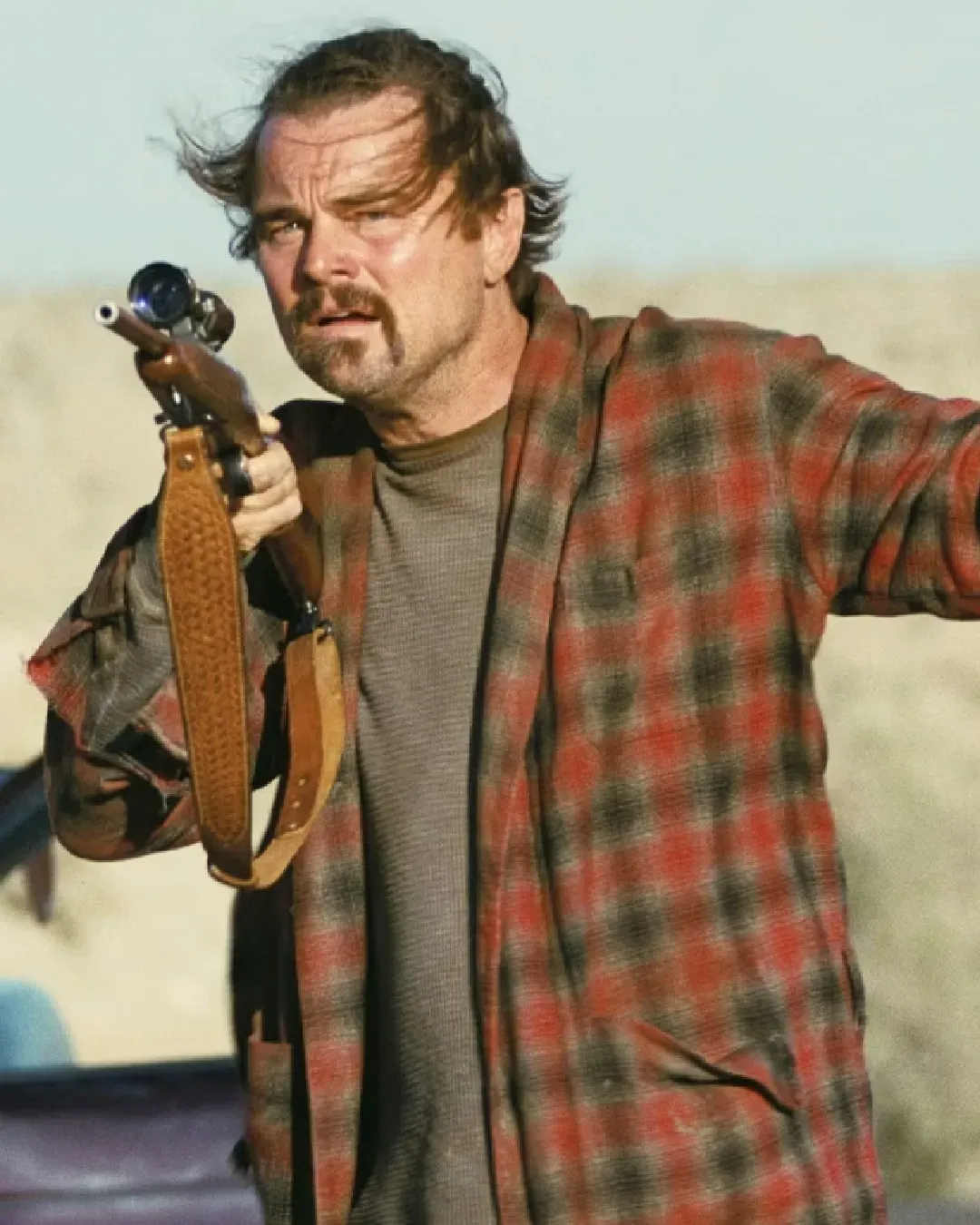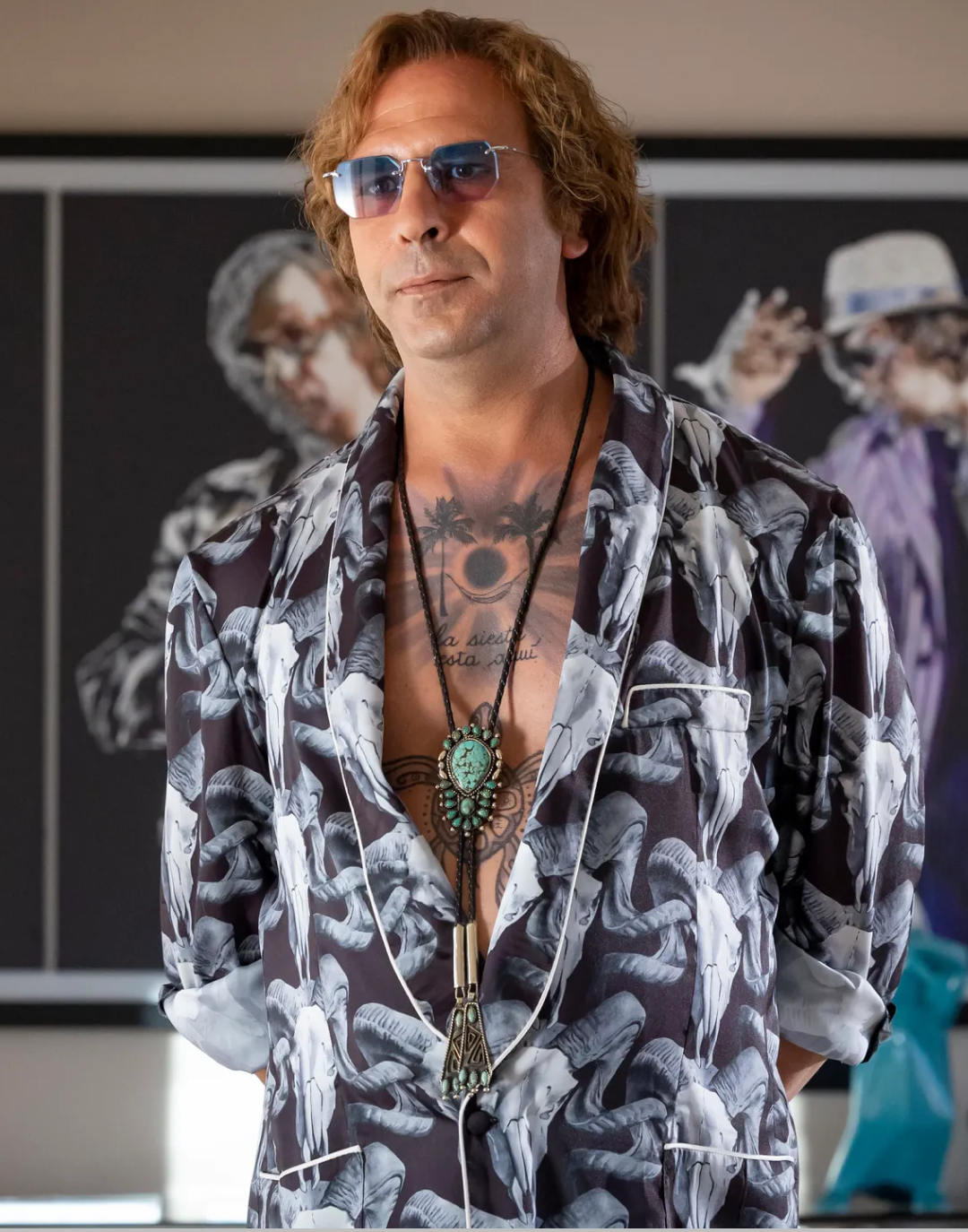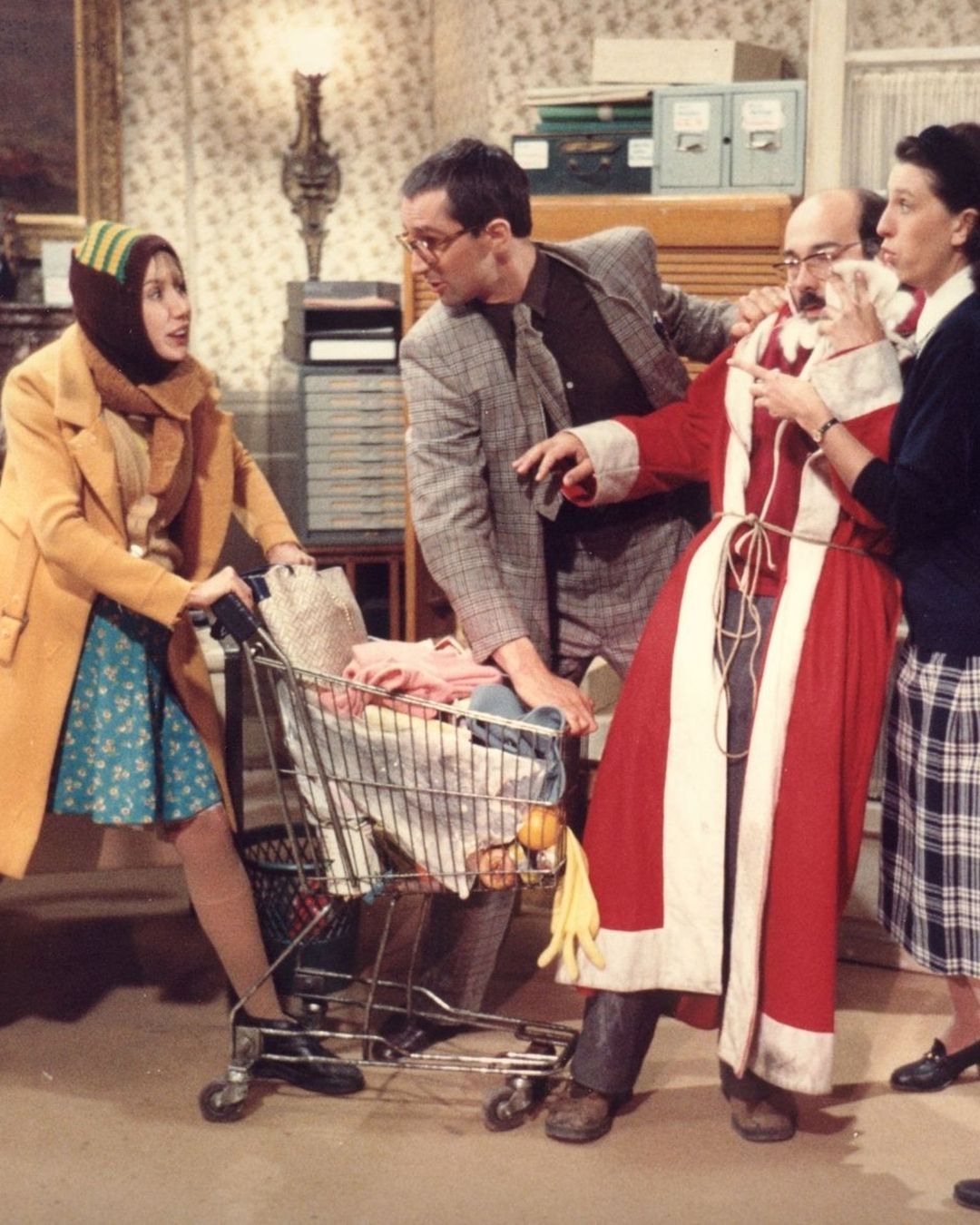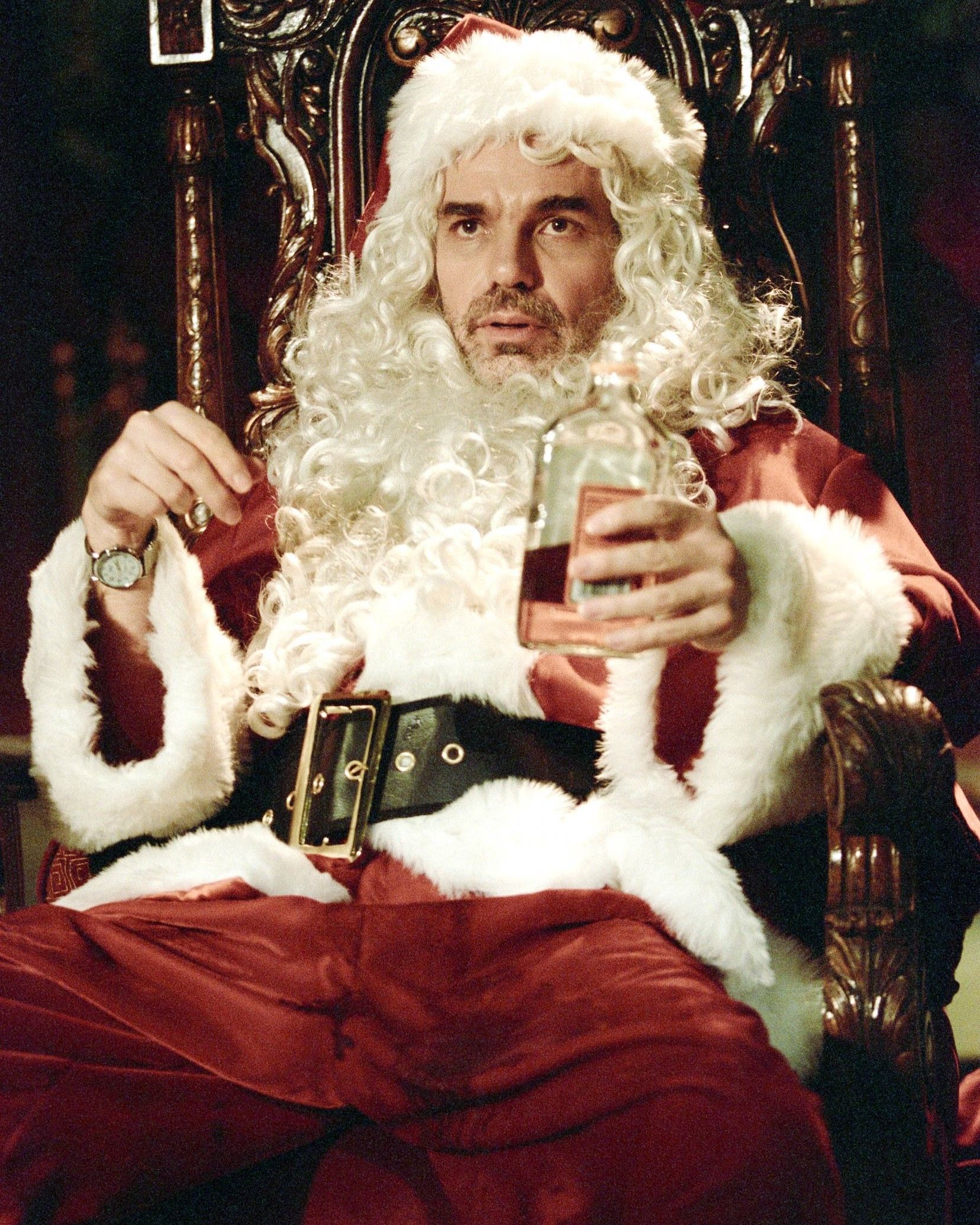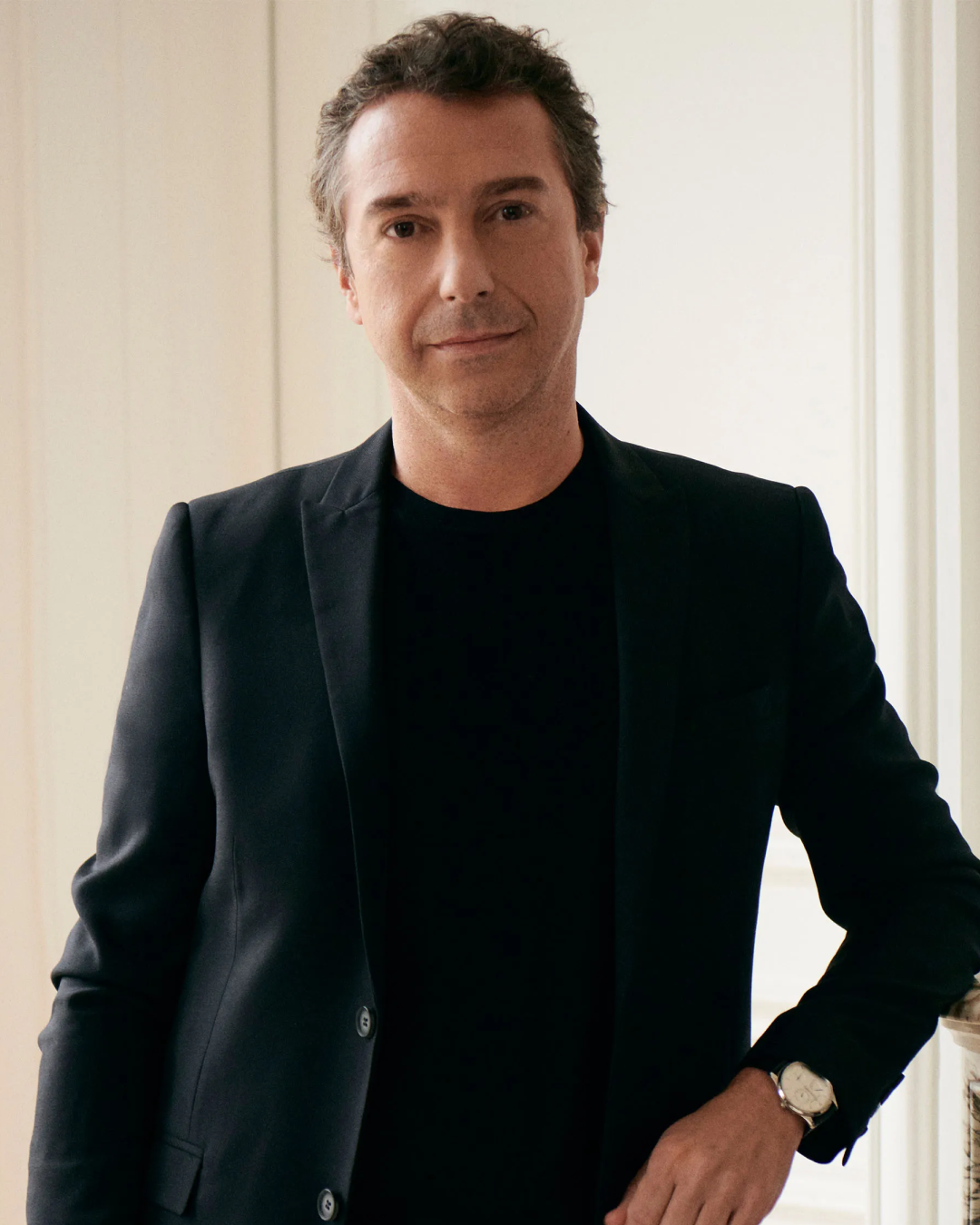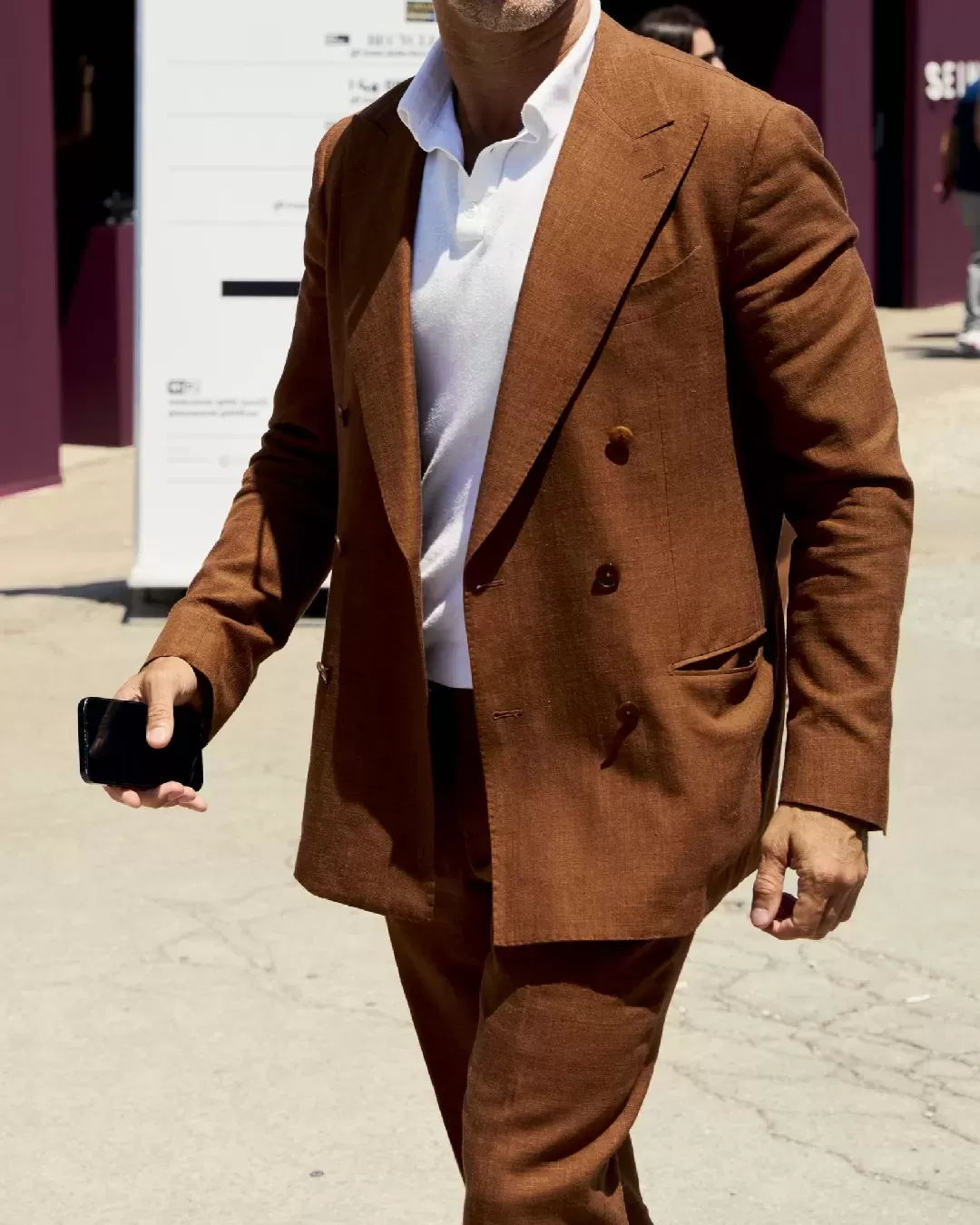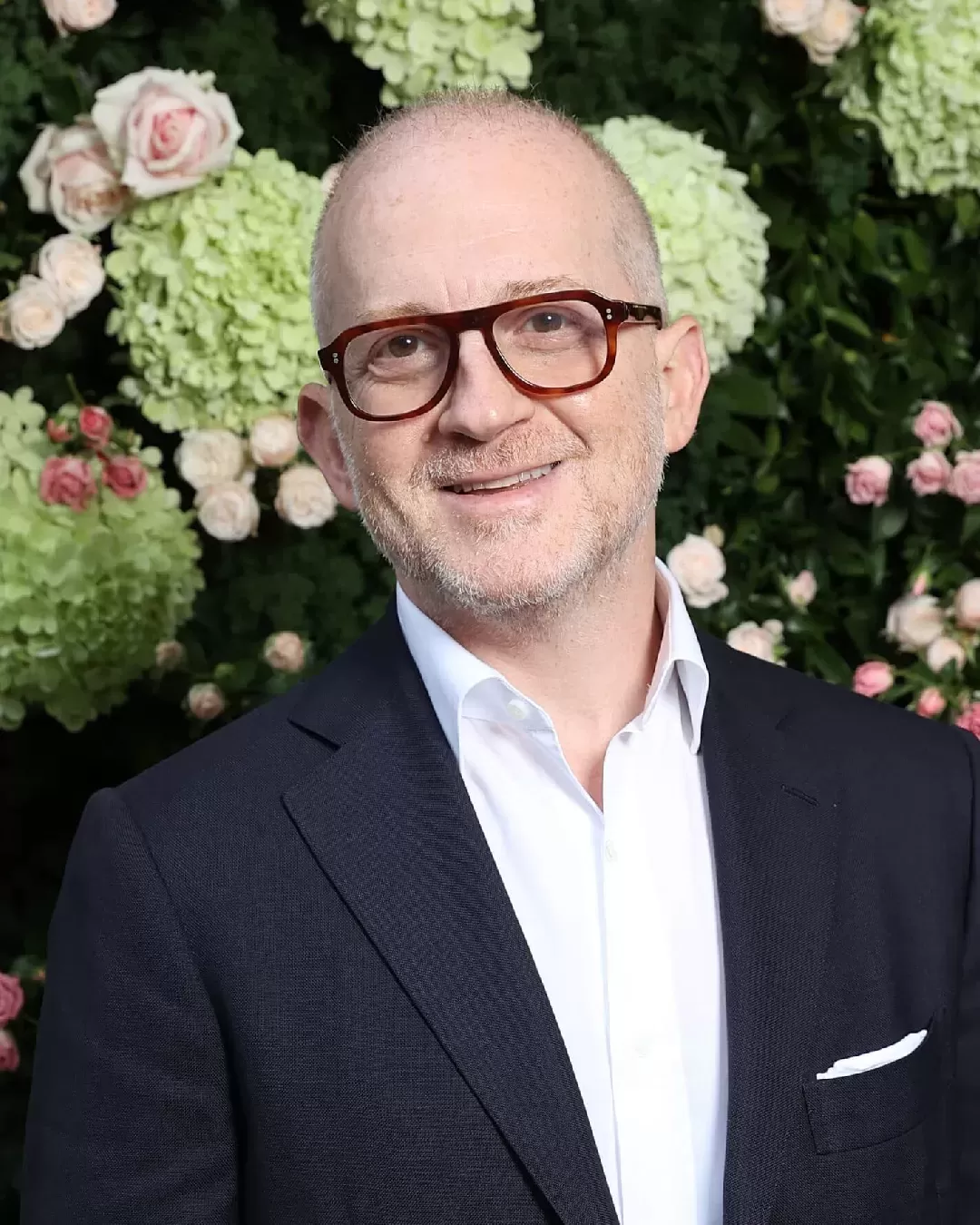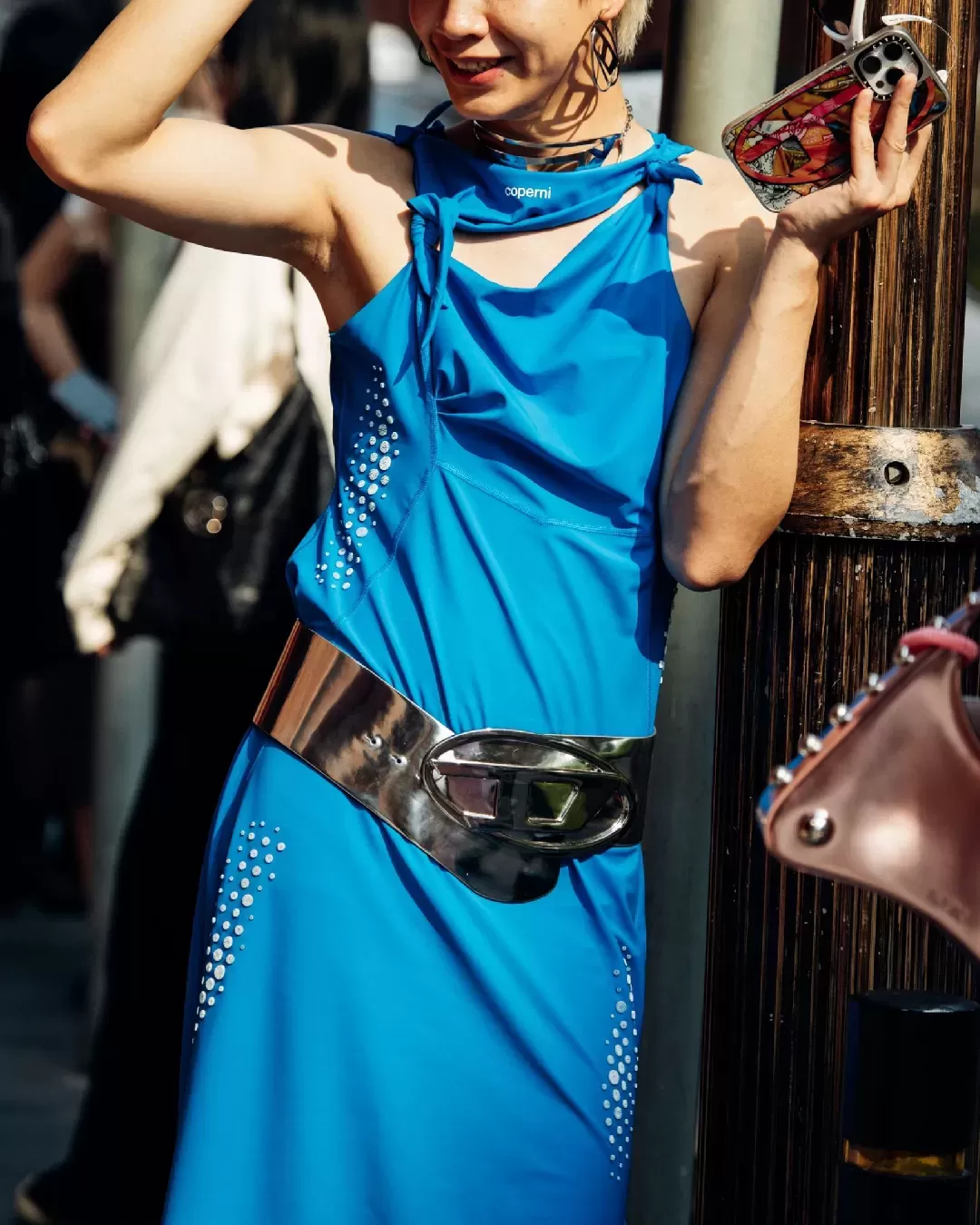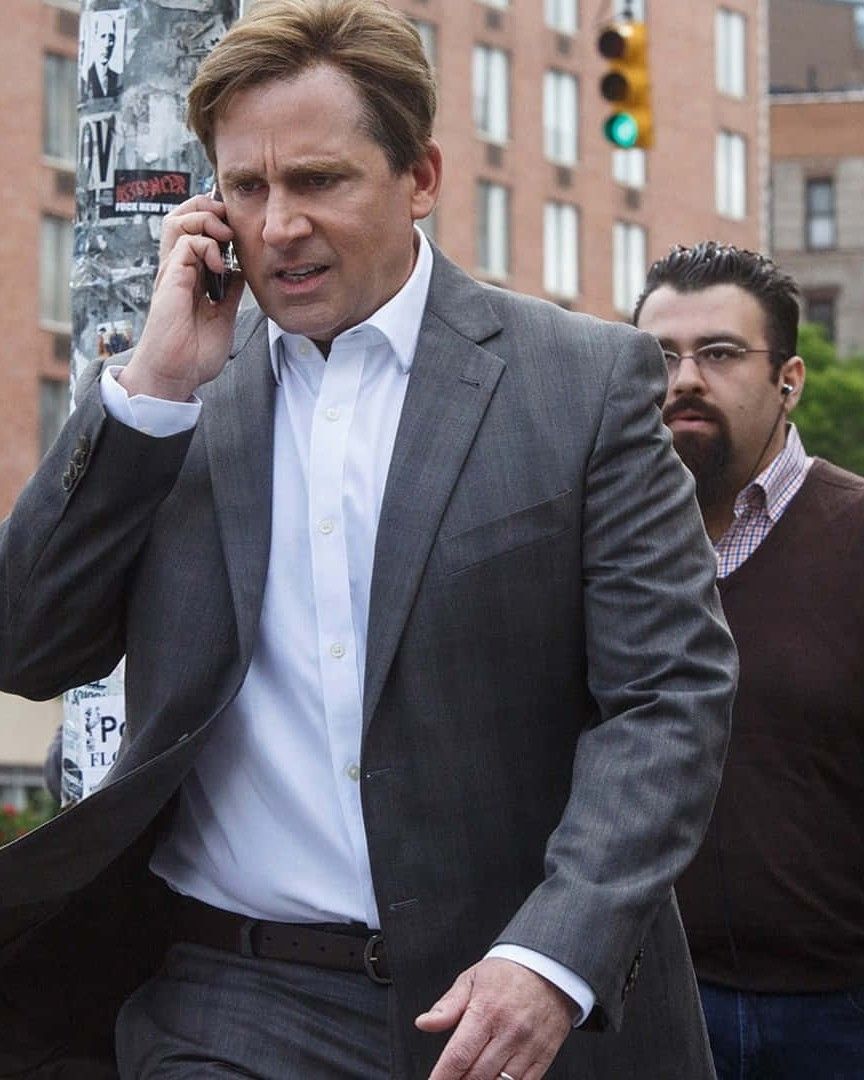
What happens if a brand CEO goes into burnout? Between gossip and leave, even the big bosses begin to run out of steam
Every time a crack appears in a building, it's easy to see it as a sign of an imminent collapse. And in these days, cracks have appeared in the fashion building that have never been seen before. We're not referring to declining revenues, gossip about creative directors clashing with brand teams, or the carousel of exits and new entries, but to something seemingly less important: burned-out CEOs. After the editorial by Il Foglio published yesterday on Valentino, stating that CEO Venturini stepped down for health reasons, and the report by Miss Tweed mentioning that «Pietro Beccari, CEO of Louis Vuitton, the group's main profit source, has been reported to be suffering from deep fatigue, something resembling burnout,» in recent days Gianfranco D’Attis also left his role as CEO of Prada after two years and seven months for unclear reasons, according to various analysts tied to less-than-expected performance. Just today, Adrian Cheng also stepped down as non-executive director to «devote more time to public service and other personal commitments,» after resigning as CEO last September due to declining profits for his family company. Cheng, for those who may not remember, was the investor who was supposed to revive 1017 Alyx 9SM – a project dismantled behind the scenes and concluded with the exit of its founder, Matthew Williams, who is now focusing on a new project. What’s most striking, in any case, about the rumors regarding Venturini and Beccari, is that for the first time ever, the reports refer to the impact that stress is having on giants of the industry who have led these empires for years – and it's also the first time these rumors have emerged in perfect timing. Which makes us wonder: are there other signs that the executive world is entering a state of burnout?
@waivly OpenAI CEO Sam Altman on the importance of momentum and why burnout doesn’t come from working too hard #OpenAI #Founder #Entrepreneur #Startup #CEO #Business #Burnout original sound - Waivly
Last March, Financial Review calculated that, in 2024 alone, 202 global CEOs left their position, surpassing the six-year average of 186. What’s alarming is that nearly a third of them decided to withdraw entirely from executive roles, an increasing sign that burnout is not just a temporary ailment, but a force that can end a career. As one former CEO told Financial Review: «It's a great job, but not worth a heart attack.» According to Inc. as well, CEO burnout levels have reached frightening highs: 82% told Deloitte they feel burned out and 96% said their mental health had worsened. However, the issue is not just morale because, according to an article from Fortune last April, the economic cost of burnout (calculated in terms of absenteeism, sick days, backlog, and turnover) grows exponentially with hierarchy level. A study published in the American Journal of Preventive Medicine, also cited by Fortune, estimated that a burned-out employee “costs” their company between $3,999 and $4,257; for managers, the cost rises to $10,824 and for executives, the figure skyrockets to $20,683 per person. As the article explains, leadership burnout manifests in exhausted, disengaged, or impatient leaders who trigger a domino effect in their teams, spreading mistrust. According to another source, however, the issue may be about to grow even larger.
Do you know who the most dangerous people in a company are?
— Victoria Repa (@RepaVictoria) November 28, 2024
Burned-out leaders.
Today, 65% of leaders show burnout symptoms.
Here are the 8 stages of burnout we can’t afford to ignore. pic.twitter.com/G7JjN5cacA
The Financial Times recently published an article on the decline of the “serial CEO.” In 2023, 85% of new CEOs (that is, 187 out of 220 appointments across 13 major stock indexes) were first-timers, according to Russell Reynolds Associates, marking the seventh consecutive year in which seasoned CEOs were the minority. «The decline of serial CEOs probably reflects the nature of the role today,» said Laura Sanderson, co-leader for Europe at Russell Reynolds, to the newspaper. «It's a high-pressure, high-risk, and incredibly exposed role.» The article references Luca de Meo, a rare example of a “serial CEO” recently appointed as head of Kering – a nomination seen as an exception in a global context where not only are risks rising and the role increasingly complex, but where it’s also hard to end a tenure with reputation intact. In fact, the average tenure is shortening, with a record number of executives who left in 2024 having held the role for less than three years – in fashion, “leadership reshuffles” are announced at a much faster pace, especially in groups like LVMH or Kering. In any case, considering the state of panic mega fashion brands must be in (in Valentino’s case, a 22% revenue drop is reported) and the speed at which appointments and shifts happen, it's no shock that the mega-managers of a struggling sector have reached their physical limits. Indeed, how could they continue producing steady growth in an increasingly contradictory system? If fashion prices dropped tomorrow, by the end of summer the entire industry would likely be thriving again. For this reason, in the case of burned-out CEOs, we shouldn’t blame the players, but the game.


